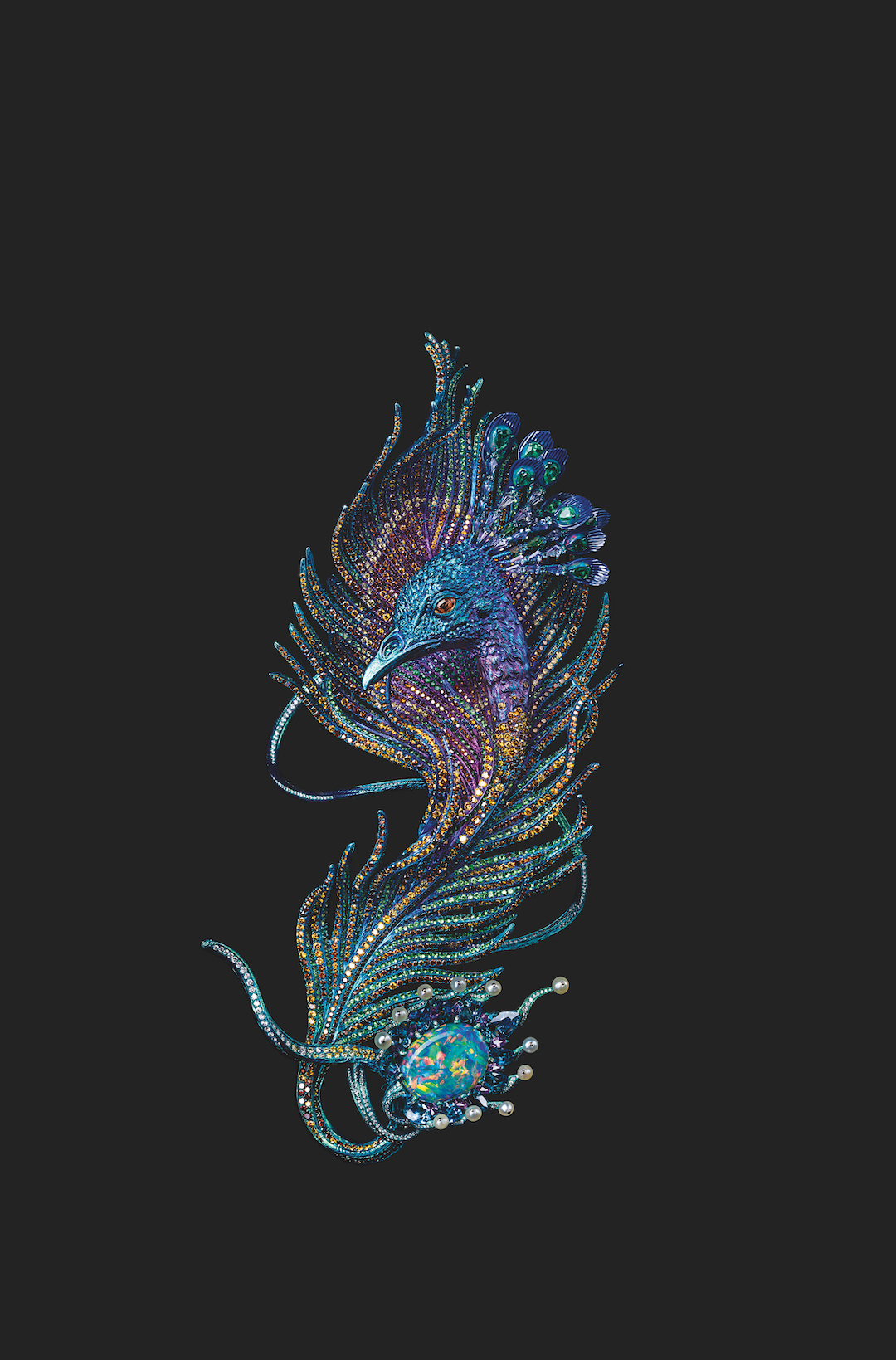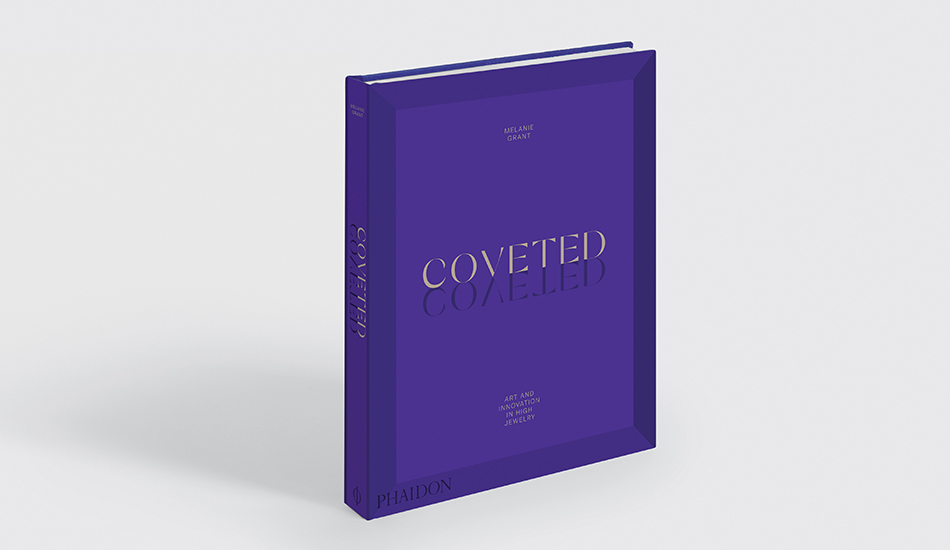
The rags-to-riches tale of the world’s most prized jeweller
Wallace Chan combined hard work and skillful innovation to reach the glittering heights of his profession, our new book Coveted explains
Coveted isn’t filled with the kind of sparklers you’d find in your mother’s jewelry box (unless you have a very cool mother). Subtitled: Art and Innovation in High Jewelry, this new book is the first comprehensive title to cover jewelry as an art form, and showcases a collection of today's most exclusive jewelers.
There are plenty of priceless jewellers pictured in its pages, but it’s also filled with great artistry and innovation, as well as quite a few rags to riches tales. And no career packs in quite as many as the Chinese jeweller Wallace Chan.
In September 2015, Chan unveiled A Heritage in Bloom, a necklace with an estimated cost of $200 million. It was, at time, widely considered to be the world’s most expensive diamond necklace, and its creation confirmed Chan’s position as one of the most, if not the most prized jewellers in the world.
However, Chan’s rise is all the more remarkable, given his humble origins. “Born in 1956 to a family of modest means in Fuzhou, Chan relocated to Hong Kong at the age of five,” writes Coveted's author Melanie Grant. “He left school at thirteen to help out financially and by sixteen had become a sculptor’s apprentice working on religious objects. After studying Western art he opened his own workshop in 1974, where he was free to experiment with materials, and after thirteen years his first invention, ‘The Wallace Cut’ was born.
“This involved carving a single human face inside a gemstone using 360-degree intaglio to create multiple reflections, so that from the back, front, and sides four faces can be seen. To stop the stone from cracking under pressure, he does the carving underwater using a modified dentist drill.
And this wasn’t the jeweller’s only innovative, patent technique. “Chan enjoyed challenging both the physical limits of titanium and our understanding of it as a material. Titanium in turn propelled him onto the world stage and into Europe, where he was the first Chinese jeweler to exhibit at art fairs, such as at the Biennale des Antiquaires in Paris in 2012 and TEFAF Maastricht in 2016.
“His most recent invention is porcelain five times stronger than steel, which he fires at between 2,800 and 3,000 degrees Fahrenheit (1,550–1,650 degrees C) when the maximum temperature is usually 2,550 degrees Fahrenheit (1,400 degrees C). ‘When traditional materials cannot fulfill my creative spirit, Istart searching for new ones,’ he says. ‘When I cannot find the right material it nis a form of depression, of pain.’”
Perhaps the high prices that his work now commands have lifted his mood a little. “His Great Wall necklace of imperial jade and diamonds went for $73.5 million in 2012 and his jewels regularly breach the million-dollar mark. The Legend of the Jade Dragon brooch at €4.5 million and Butterfly Nebula brooches at €1.6 million are recent examples," Grant writes.
The Butterfly Nebula consists of twin titanium brooches and imagined cosmic entities from outer space that Chan envisages living four thousand light-years from the earth. "Their companionship and freedom celebrate the universe's infinite possiblities," Grant writes.
To see more of the new possibilities created by Chan, as well as much more besides, order a copy of Coveted here.
